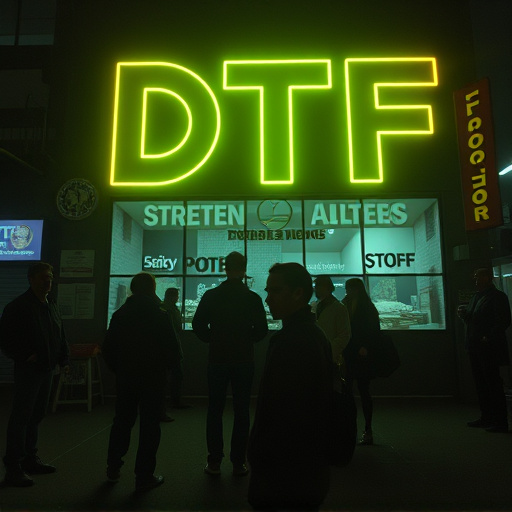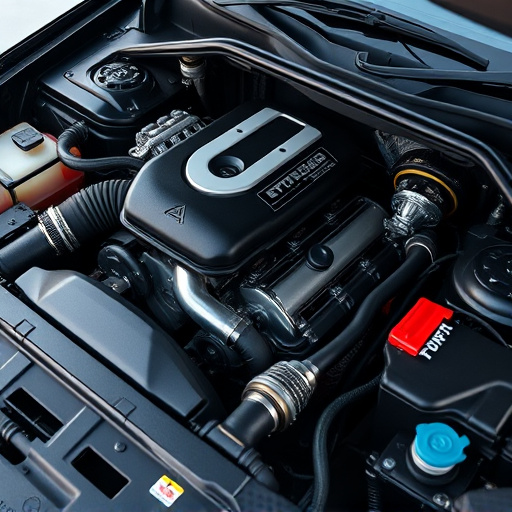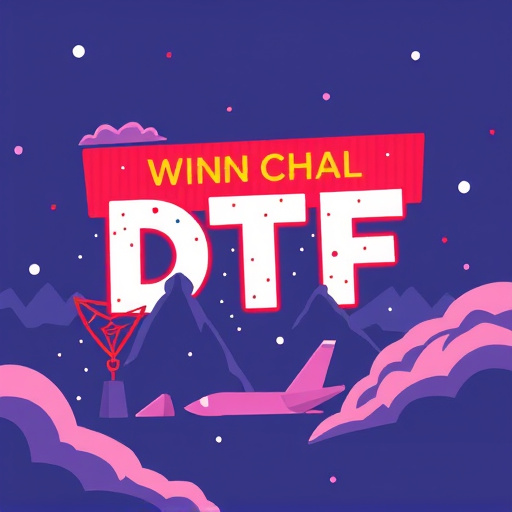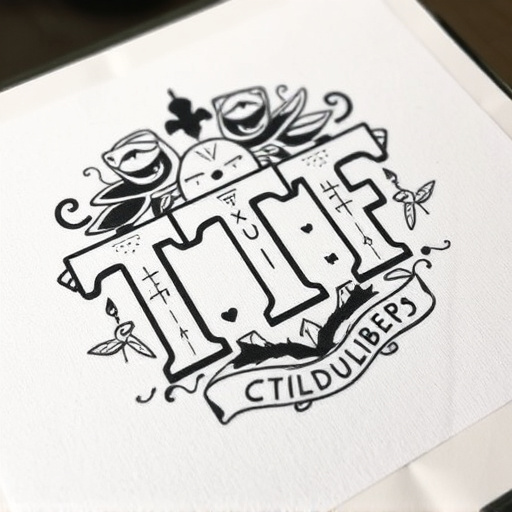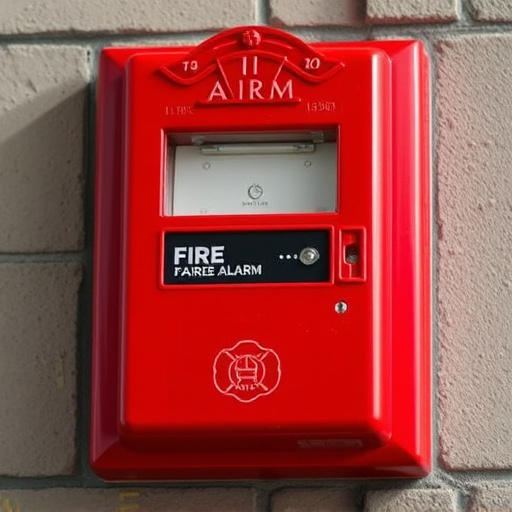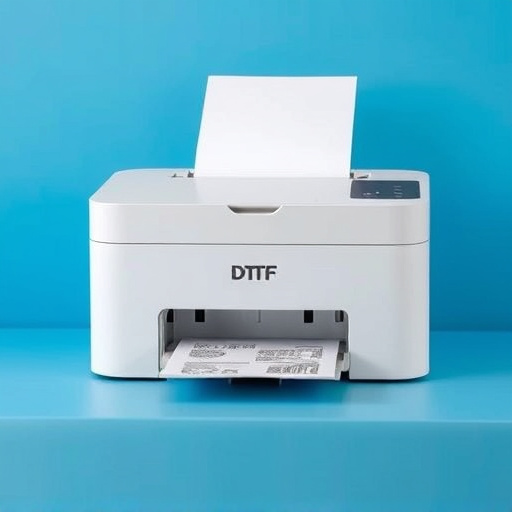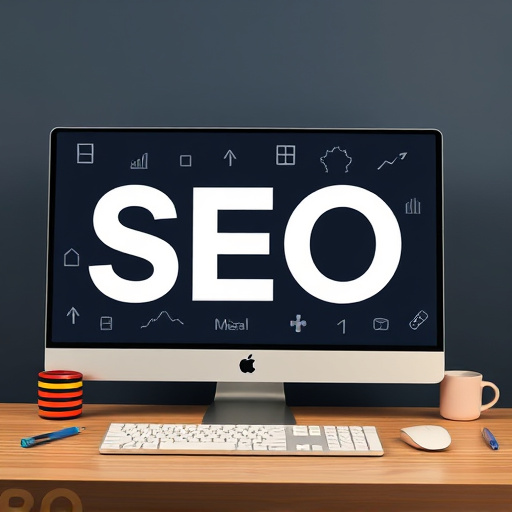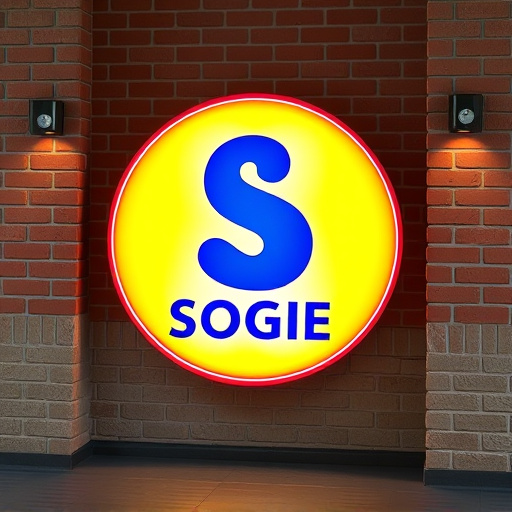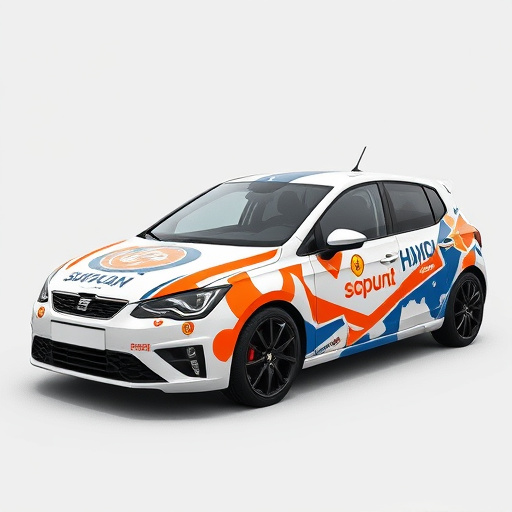Effective marketing materials design demands understanding target audiences and their visual preferences, from youth's vibrancy to traditionalists' sleek lines. Defining purpose and goals guides designers to align content, color, and layout with brand objectives like sales or awareness. By leveraging diverse aesthetics—from minimalist to vibrant—and reinforcing brand identity, designers create impactful materials that capture attention and drive engagement.
Selecting the optimal format for your marketing materials design is a strategic decision that can significantly impact engagement. Understanding your audience’s preferences and defining the purpose of each piece are foundational steps. Explore visual styles and layout options to create compelling designs that resonate with your target market. By aligning format choices with audience needs and goals, you enhance brand messaging and boost marketing effectiveness.
- Understanding Your Audience and Their Preferences
- Defining the Purpose and Goal of Each Piece
- Exploring Visual Styles and Layout Options
Understanding Your Audience and Their Preferences
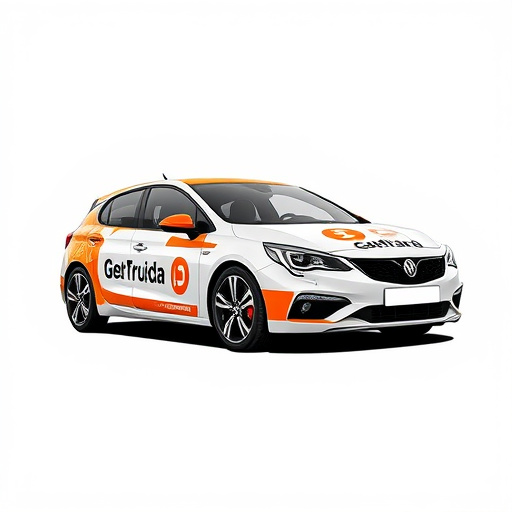
Understanding your target audience is a cornerstone when crafting effective marketing materials design. Different demographics have distinct preferences and perceptions when it comes to visual communication. For instance, a youth-focused campaign might excel with vibrant colors and bold typography, while a more traditional audience may respond positively to sleek lines and neutral hues. Tailoring the design style to resonate with your audience ensures that your message is not only seen but also appreciated.
This consideration extends beyond general age groups and demographics. Even within specific industries or niches, there are unique trends. For example, in the automotive sector, custom vehicle wraps and graphics have gained immense popularity as a form of self-expression and vehicle enhancement. Designing marketing materials that align with these trends can make your brand more relatable and engaging to potential clients interested in custom vehicle wraps.
Defining the Purpose and Goal of Each Piece
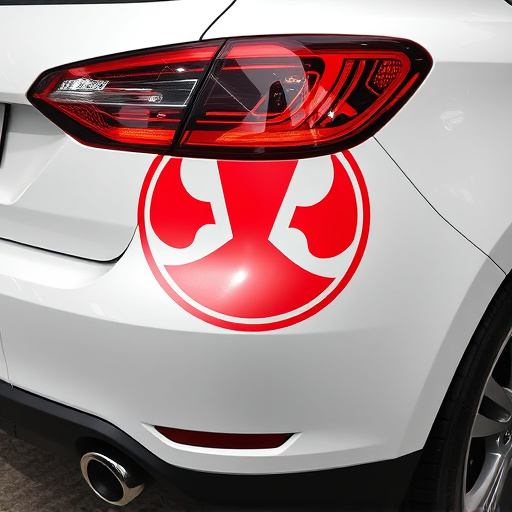
Defining the purpose and goal of each marketing material is a crucial step in the design process for several reasons. It ensures that every element created aligns with the overall brand message and objectives, be it to drive sales, increase brand awareness or educate customers about a specific product or service. For instance, a brochure designed to highlight a company’s paint correction services should focus on before-and-after images, customer testimonials, and the benefits of a smooth finish, while a ceramic coating promotion might emphasize its heat rejection properties, durability, and ease of application through visually appealing infographics.
This strategic approach allows designers to tailor content, color schemes, and layout choices accordingly, making each piece more effective. For example, using contrasting colors for a promotional banner aimed at attracting attention could be ideal for announcing a limited-time offer on paint correction services. Conversely, a more subtle, elegant design might better suit an informational brochure about the benefits of ceramic coatings, focusing on technical details and long-term advantages. Thus, defining purpose and goal sets the foundation for creating compelling marketing materials design that resonate with the target audience.
Exploring Visual Styles and Layout Options
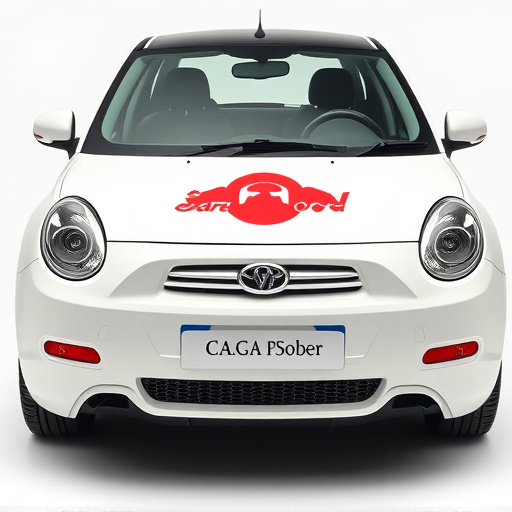
When exploring the design landscape for marketing materials, understanding visual styles and layout options is paramount to creating impactful pieces. The right combination of typography, color palettes, and imagery can significantly influence how your audience perceives your brand. Modern marketing materials design leverages a variety of aesthetics—from minimalist and clean-cut designs that exude professionalism and sophistication to vibrant, bold choices that capture attention and stimulate engagement.
Consider the context and message you wish to convey when selecting visual elements. For instance, a high-end automotive campaign might benefit from sleek lines, luxurious textures, and subtle gloss effects like ceramic coating or scratch protection to mirror the quality of their products. Conversely, an eco-friendly brand could opt for earthy tones, organic textures, and illustrations that evoke a sense of connection with nature. Incorporating these design elements not only enhances visual appeal but also reinforces your brand identity in the minds of consumers, making your marketing materials memorable and effective.
When designing marketing materials, understanding your audience, defining clear goals, and exploring diverse visual styles are key. By tailoring your approach to suit your target market and the unique purpose of each piece, you can create compelling designs that resonate and convert. This strategic process ensures your marketing materials design not only catches attention but also drives meaningful results, ultimately enhancing your brand’s impact in today’s competitive landscape.
